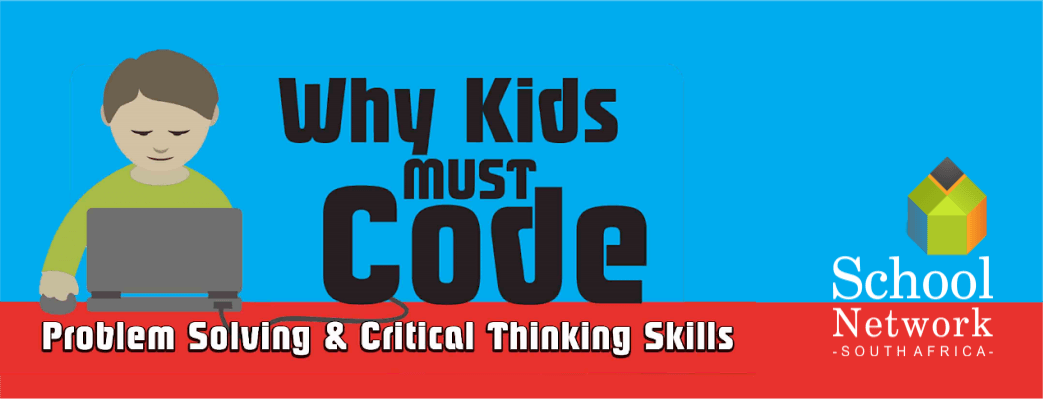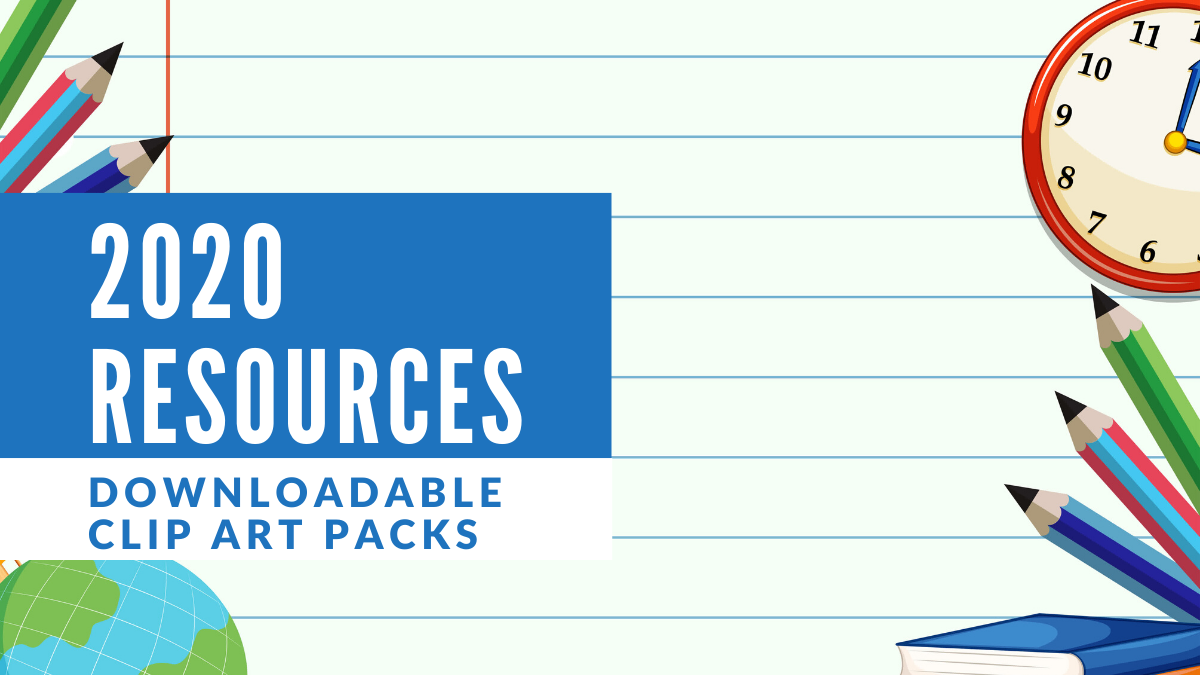IT Teachers: Earn Up to R10 000 Extra by Teaching Kids to Code

Are you an IT Teacher looking for an extra revenue stream? Do you also believe that coding (programming) is the ‘new literacy’ – a subject so important that every child needs to know the basics to excel in our rapidly changing world?
One of the major issues that schools face is that not many of them have the resources or the personal with the expertise to teach their learners how to code.
“Why Kids MUST Code”, an after school programme run by SA School Network, was founded to help make coding fun all while providing IT Teachers with an extra revenue stream. We wanted to find out more, so we got hold of the founder, Mauritz Kotzé, and asked him some questions about Learning To Code.
Q: Can you tell us a little more about your afterschool programme?
A: The programme is suitable for Grade 2 – 7 learners. Lessons will touch on Microsoft Literacy (Office and Windows), although, all lessons use coding elements as the basis for the lesson. We work with block-based coding and progress to text-based coding (Python, HTML, CSS). Lessons are designed with Bloom’s Taxonomy in mind.
Children are able to work in multiple programmes at the same time, switching between programs. Take a look at this video which shows how each Grade works at their own level, how they progress from Grade to Grade, and shows them working with different programmes.
Q: We heard that IT Teachers could earn up to R10 000 extra per month, is this correct?
A: With only 75 children participating in the afterschool programme, a teacher will earn R10 000 per month or R30 000 per term for 8 weeks of teaching. Please note that no coding lessons will be held during exam time (academics take 1st priority). There will also be no lessons during school holidays.
Q: Does the IT Teacher need to know how to code in order to teach the programme?
A: No experience is required. We provide the training, lesson material, and content. Coding is offered from Grade 2. So, as the students progress and develop skills, the IT Teacher will also gain valuable experience and acquire new skills.
Q: Are there certain requirements that the IT Teacher needs to meet?
A: Yes. The IT Teacher must have the willingness to learn new skills; must have some knowledge of Microsoft Windows and Office (basic computer literacy); must be able to add content to the server and students’ PC’s; must have an hour available every week for online training; and must, most importantly, be passionate to make a difference in the life of a child through coding.
Another very important thing to note is that the IT Teacher serves as a representative of SA SchoolNetwork and the school. He or she must convince the school (governing body) that coding will enhance teaching and learning at the school, will help children to solve problems, will teach students critical thinking skills, and will develop mathematical literacy skills and some language skills.
SA SchoolNetwork will provide all the marketing material and be responsible for collecting fees, processing applications, registering children and assigning them to their classes.
Q: What kind of training do IT Teachers need to do before they can begin teaching this programme, what are the costs involved, and how long will it take to complete the training?
A: It depends on their skill level (computer skills and how well they grasp the new content). After 4 hours of training, an IT teacher should be able to teach their first after school class. Training is provided once a week at no extra cost.
Q: There is often the misconception that coding is boring, how does your programme make the process of learning how to code more fun?
A: I can assure you that coding is not boring. Both boys and girls enjoy the classes. “We don’t PLAY games, we MAKE games.” From Grade 2 – 9, children learn through interactive activities, working on their own PC’s, and solving specific problems. How do I know it is fun for them? Well, I struggle to get them out of the class at the end of the lesson. “I just want to do one more thing” is a common thing I hear the students say at the end of class. This comment clearly shows that they enjoy the class.
But, as with any class, it boils down to the teacher instructing the class. A boring teacher will result in a boring experience. Therefore, the IT Teacher must be energetic and able to present the lessons in a fun and relaxed environment. Especially since it is a new learning experience for most children.
Q: What are the steps to signing up?
A: The following should be in place:
- The IT classroom must be accessible after school hours;
- There must be a minimum of 18 PC’s in the class;
- The IT teacher must be able to teach for 2-3 after school hours from Monday to Friday;
- The IT teacher must be able to convince the school and get the school excited – an excited school will result in excited children and parents;
- Parents must be able to afford R800 per child, per term (8 lessons) for the extra mural.
Send an email to info@schoolnetwork.co.za to register your school for the coding programme. Request to receive our info that will be used to present to the school and to get them on board.
We think that “Why Kids MUST Code” is a great initiative. It offers IT Teachers the opportunity to earn some extra cash all while equipping learners with the unique skills (such as problem-solving techniques and developing news ways of thinking) that come with computer programming.
In conclusion, SchoolAdvisor thinks that this is a fantastic initiative. The benefit of using “Why Kids Must Code” is twofold for schools: It removes the burden of schools having to exhaust their own resources all while providing IT Teachers with an additional source of income.
If you would like more details, you can send an email to info@schoolnetwork.co.za.
This post was originally posted on SchoolAdvisor: Find, rate and get quotes from school suppliers.



 KES(KSh)
KES(KSh) USD($)
USD($) GBP(£)
GBP(£) GHS(₵)
GHS(₵) NGN(₦)
NGN(₦) MUR(₨)
MUR(₨) BWP(P)
BWP(P) AUD($)
AUD($) TZS(Sh)
TZS(Sh) INR(₹)
INR(₹) PHP(₱)
PHP(₱) AED(د.إ)
AED(د.إ)

